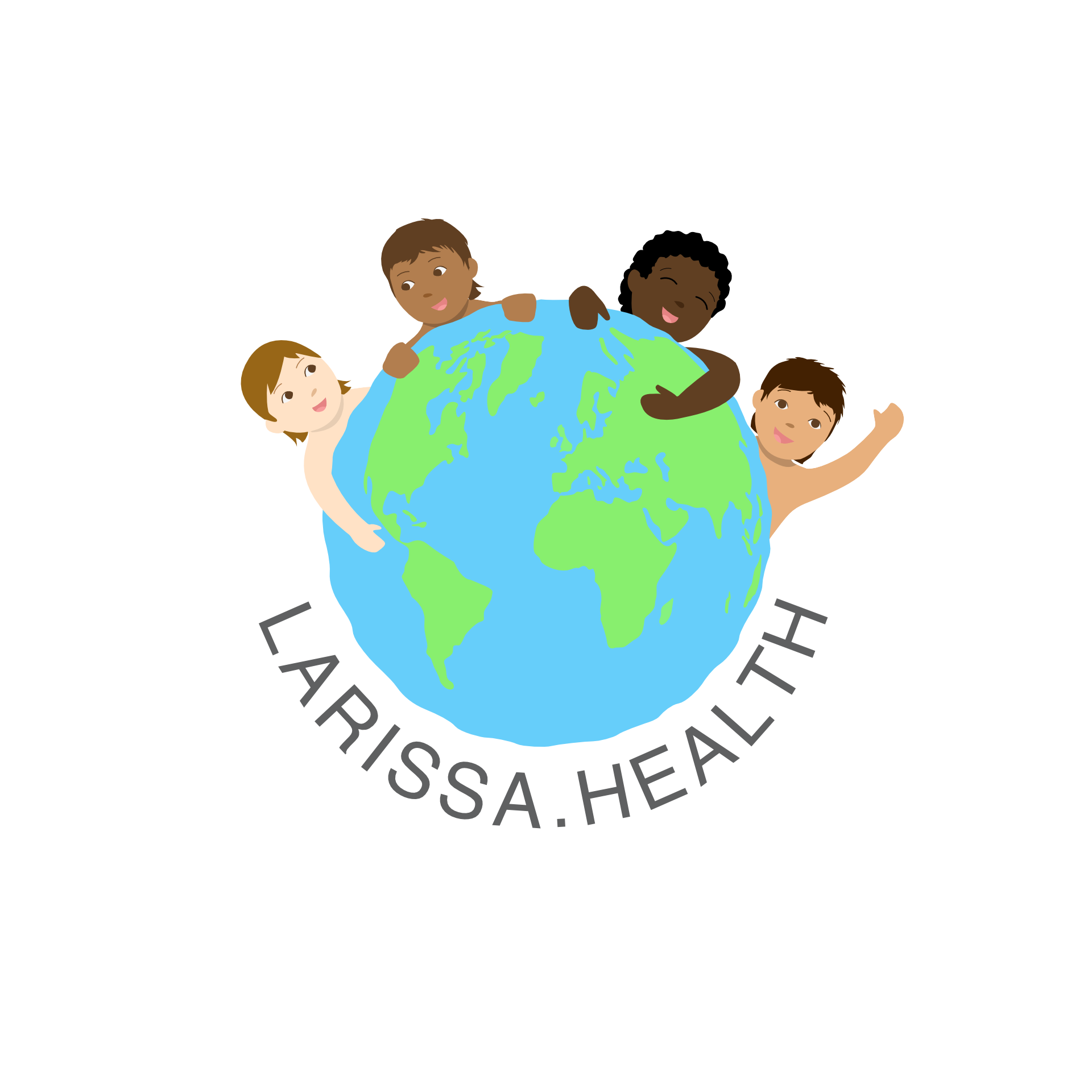New Maternity and Neonatal Technical Guidance
NHS's strategic plan for improving maternity and neonatal services across England
The National Health Service (NHS) of England has recently unveiled a comprehensive plan for enhancing maternity and neonatal services across the country.
Titled "Delivery Plan for Maternity and Neonatal Care," the guidance is divided into several sections. It begins with an overview of the strategic direction and objectives, followed by a discussion on the roles and responsibilities of various stakeholders. The plan delves into the specifics of the delivery strategy, providing a timeline for implementation and guidance on monitoring and evaluation.
The strategic direction and objectives outlined are to reduce the rates of stillbirths, neonatal and maternal deaths, and brain injuries during or soon after birth by 50% by 2025. This goal is ambitious, yet it underscores the importance of improving the quality of care provided to mothers and newborns. It is a significant commitment that reflects the NHS's dedication to enhancing maternal and neonatal health outcomes.
The guidance also outlines the roles and responsibilities of various stakeholders, including NHS England and NHS Improvement, Clinical Networks, Integrated Care Systems, and provider organizations. It emphasizes the importance of collaboration and partnership in achieving the set objectives. This approach is crucial as it ensures that all stakeholders are aligned and working towards the same goal. It also fosters a sense of shared responsibility and accountability, which is essential for the successful implementation of the delivery plan.
A comprehensive delivery plan outlines key interventions and initiatives such as the establishment of Maternity Voices Partnerships, the implementation of the Saving Babies' Lives Care Bundle, and the development of Neonatal Critical Care Transformation Review recommendations. These initiatives are designed to improve the quality of care and ensure that every mother and newborn receives the best possible care. They represent a multi-faceted approach to enhancing maternity and neonatal services, addressing various aspects of care from patient engagement to clinical practice.
The timeline for the implementation of the delivery plan is clearly laid out. It sets out the key milestones and deadlines for the various initiatives and interventions. This timeline is crucial as it ensures that the objectives are achieved in a timely and efficient manner. It provides a clear roadmap for the implementation of the delivery plan, facilitating effective planning and coordination among the various stakeholders.
 Image by Kenny Eliason
Image by Kenny Eliason
| TIMELINE | AGENDA |
| Wave 1 (April 2023 - March 2024) | This wave will focus on the implementation of the Maternity and Neonatal Safety Improvement Programme (MNSIP) in 44 Local Maternity Systems (LMS). The aim is to reduce the rates of stillbirth, neonatal death, maternal death, and brain injuries that occur during or soon after birth. |
| Wave 2 (April 2024 - March 2025) | This wave will continue the implementation of MNSIP in the remaining 44 LMS. The focus will remain the same as in Wave 1. |
| Wave 3 (April 2025 - March 2026) | The third wave will focus on the implementation of MNSIP in the remaining 44 LMS. The aim will be the same as in the previous waves. |
| Wave 4 (April 2026 - March 2027) | The final wave will focus on the implementation of MNSIP in the remaining 44 LMS. The aim will be the same as in the previous waves. |
Guidance on monitoring and evaluation is also provided. It outlines the key performance indicators that will be used to measure the success of the delivery plan. This emphasis on transparency and accountability is crucial in ensuring the successful implementation of the delivery plan. It provides a framework for assessing the impact of the interventions and initiatives, enabling continuous improvement and learning.
In the final analysis, the NHS's technical guidance on maternity and neonatal care provides a comprehensive plan for improving the quality of care provided to mothers and newborns in England. It outlines the key interventions and initiatives that will be implemented to achieve the set objectives, and emphasizes the importance of collaboration and partnership in achieving these objectives.
This article serves as an introduction to the detailed analysis of the technical guidance. In the upcoming articles, we will delve deeper into each section, providing a more comprehensive understanding of the strategic direction, the roles and responsibilities of stakeholders, the specifics of the delivery plan, the timeline for implementation, and the monitoring and evaluation process. Stay tuned for more in-depth coverage on this important topic. We will be exploring each aspect in greater detail, providing insights into the strategies, initiatives, and practices that the NHS plans to implement to enhance maternity and neonatal care in England.
Source: NHS-75





